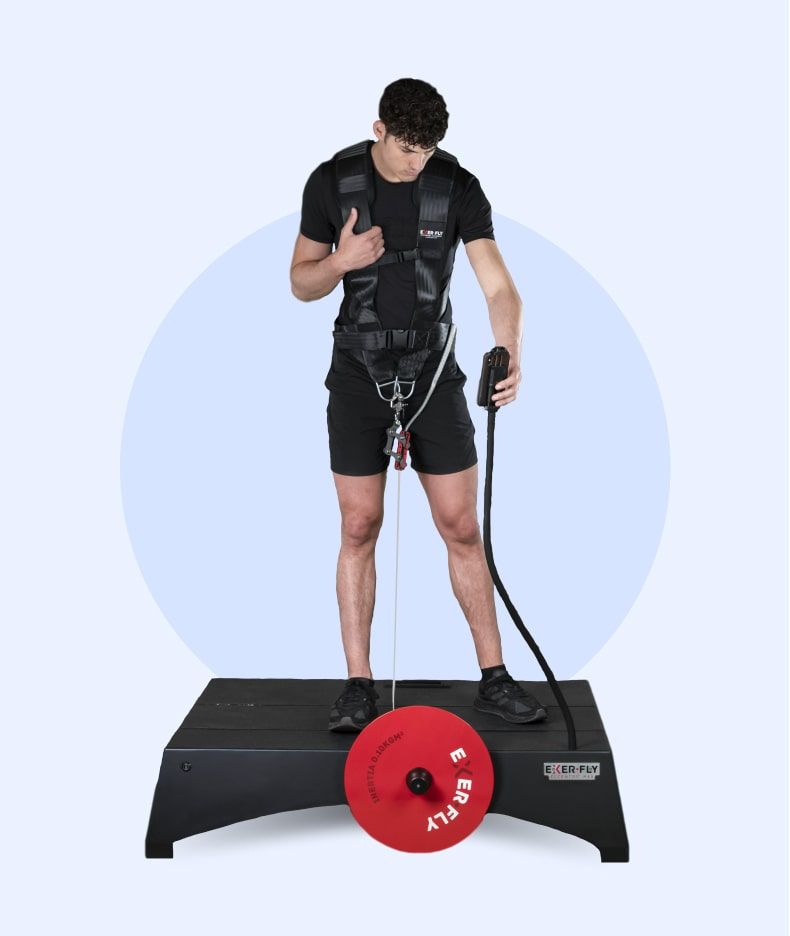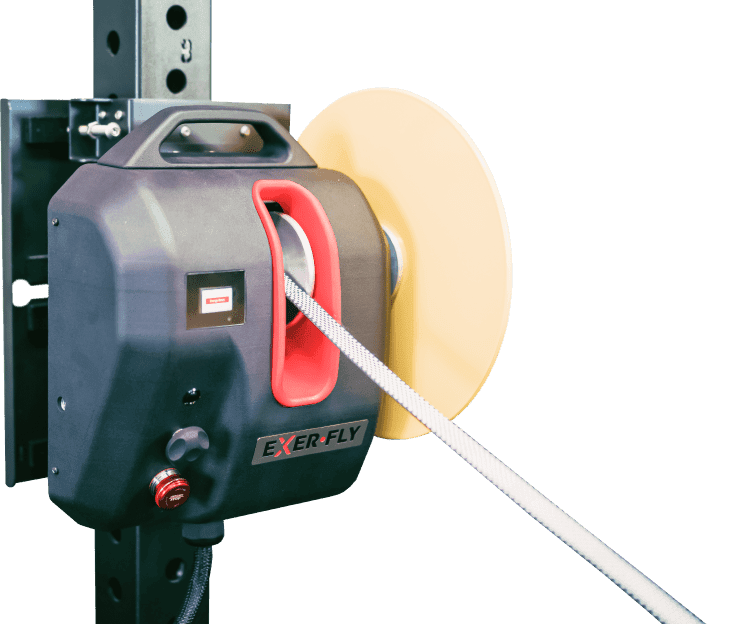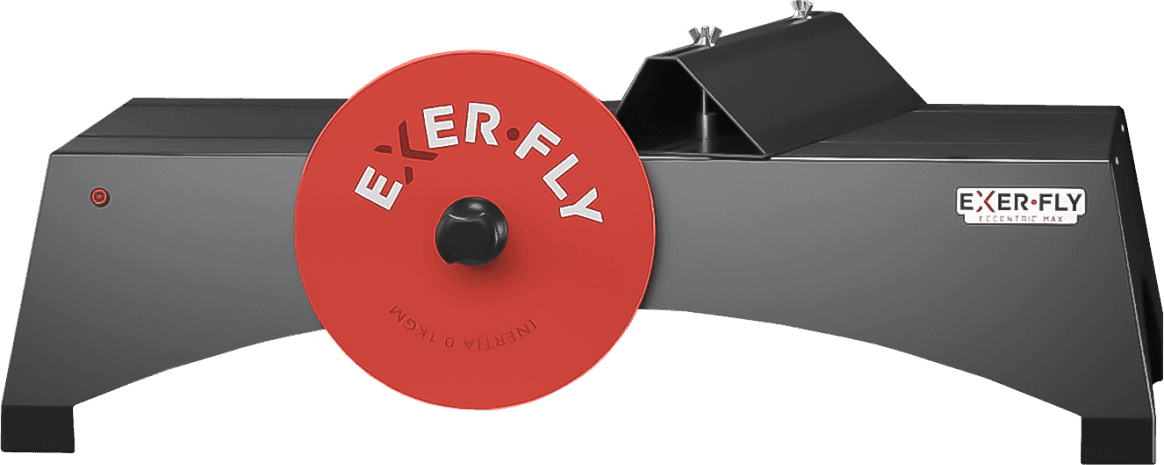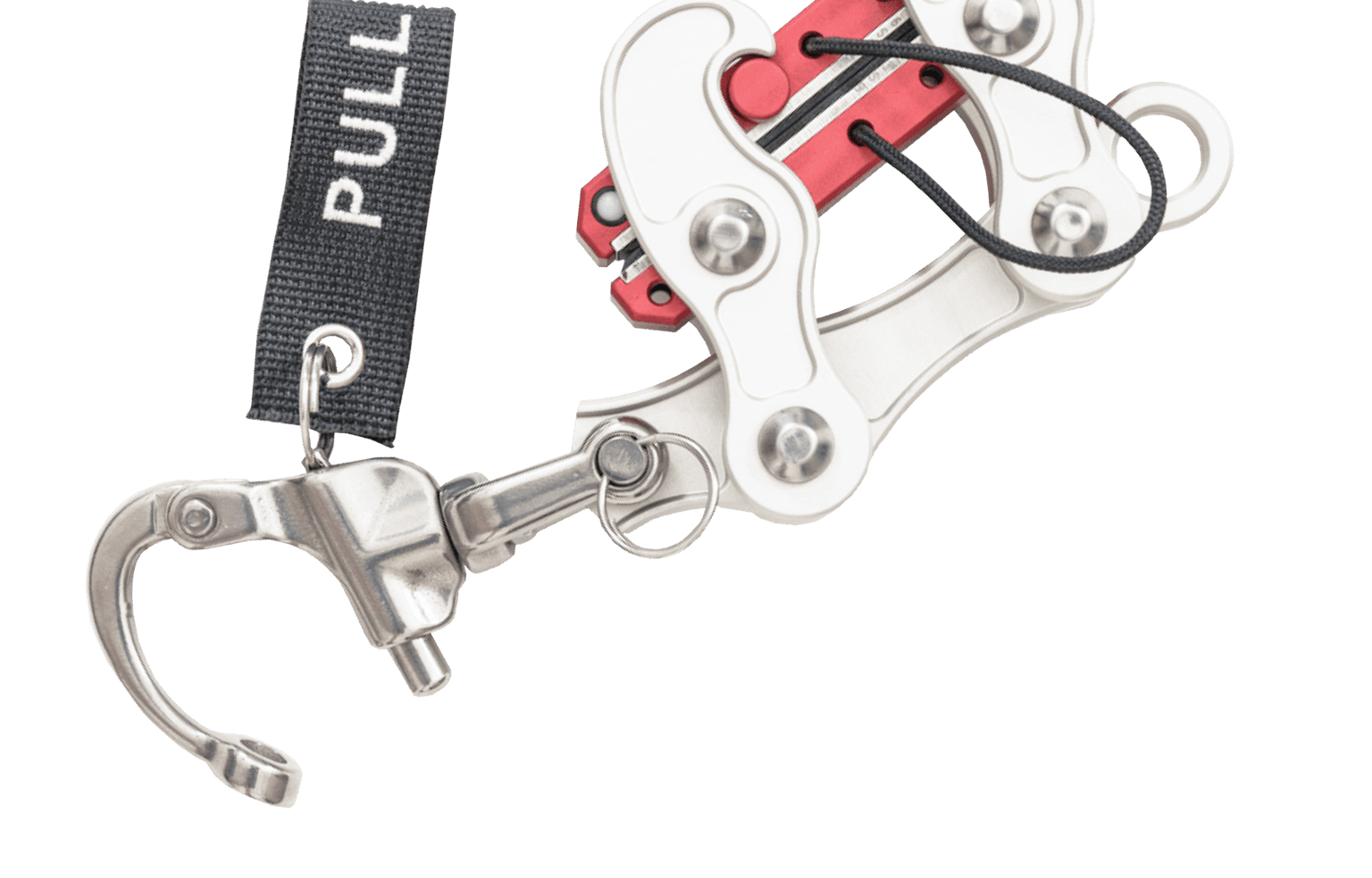
Variable resistance equipment is designed to change the external resistive load throughout an exercise's range of motion, such as rubber-based resistance, chains, and flywheels.
Variable resistance devices are particularly beneficial because they allow users to work with a force load that matches their output throughout the workout. The resistance increases as they train harder and decreases when they get weaker.
This means that it can be used for all populations, whether bodybuilders, the elderly, or injured athletes. Because of this, variable machines are very sought after by trainers, as their trainees can use them easily and track progress easily.
















